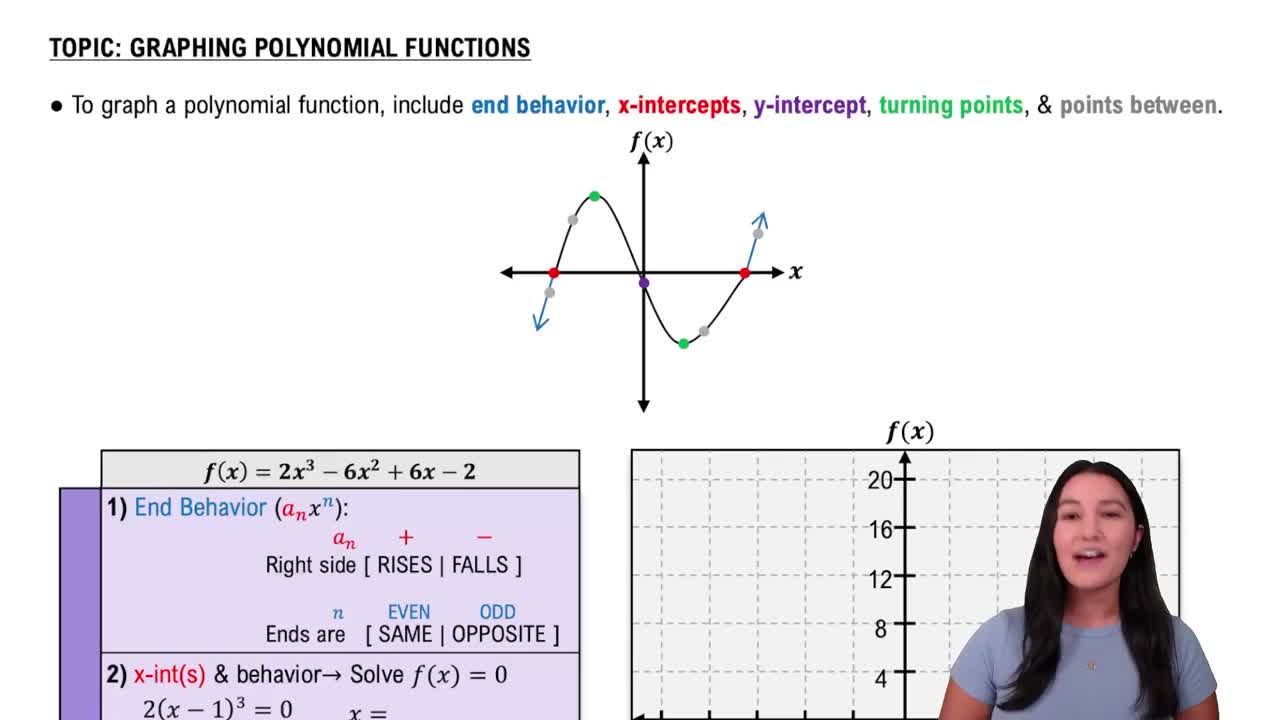Here are the essential concepts you must grasp in order to answer the question correctly.
Absolute Value Inequalities
Absolute value inequalities involve expressions that measure the distance of a number from zero on the number line. To solve an inequality like |A| > B, we consider two cases: A > B and A < -B. This approach allows us to find the range of values that satisfy the inequality, which is crucial for understanding the solution set.
Recommended video:
Quadratic Functions
Quadratic functions are polynomial functions of the form f(x) = ax^2 + bx + c, where a, b, and c are constants. The graph of a quadratic function is a parabola, which can open upwards or downwards depending on the sign of 'a'. Understanding how to manipulate and analyze these functions is essential for solving inequalities involving quadratic expressions.
Recommended video:
Solving Quadratic Equations Using The Quadratic Formula
Graphing Solution Sets
Graphing solution sets on a real number line visually represents the range of values that satisfy an inequality. This involves marking points, using open or closed circles to indicate whether endpoints are included, and shading the appropriate regions. This visual representation helps in understanding the solutions and their implications in real-world contexts.
Recommended video:
Graphing Polynomial Functions
 Verified step by step guidance
Verified step by step guidance Verified video answer for a similar problem:
Verified video answer for a similar problem:

